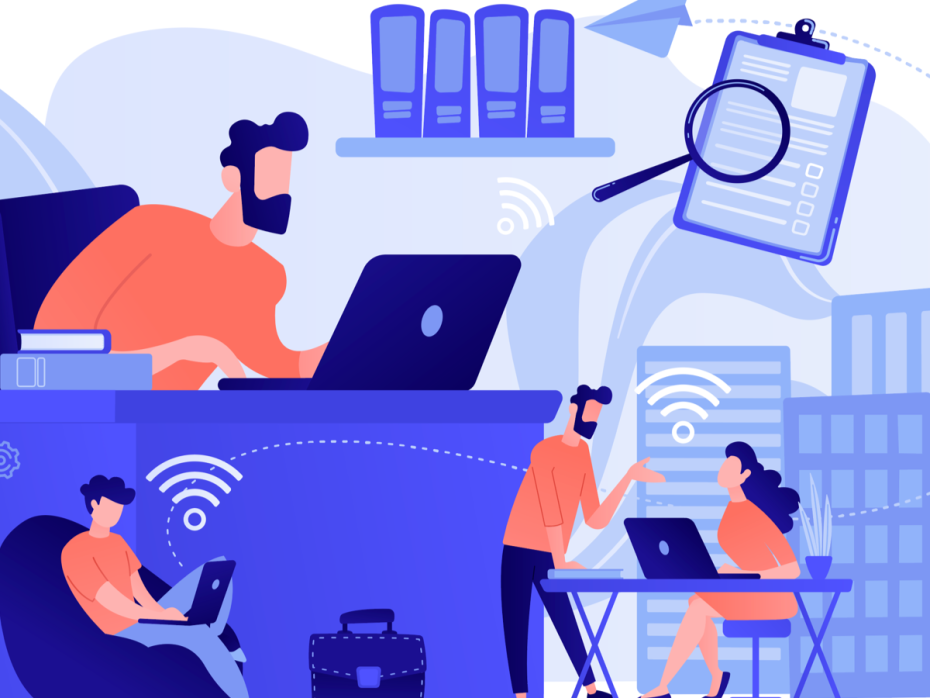
University-edtech collaboration: how to leverage the best of both worlds

Digitisation in higher education has made remarkable progress, moving far beyond video tutorials and Zoom classes. We have seen the development of tracking technologies, satisfaction surveys, classroom monitoring and tools that have revolutionised online and hybrid programmes. Innovative ecosystems are emerging from collaboration between traditional players in education such as universities and business schools and new partners such as consultancies and technology companies. The challenge is to ensure that these contributions – which differ in processes, ways of working, and methodologies – help achieve a common goal: the provision of quality education.
To successfully bring these two worlds together and get the best out of each, there are several factors to consider. At Esade, we created a bachelor’s degree course in transformational leadership and social impact in collaboration with the Minerva Project, a Silicon Valley education innovator. Working together, we have learned the following lessons on creating a unified, diverse, innovative, and rigorous programme:
- For students’ sake, we shouldn’t be too proud to seek collaboration
- How we can use AI to power career-driven lifelong learning
- What ‘norms’ support successful learning design collaborations?
1. The need for dialogue to establish common ground. At the beginning of an exciting project to develop a programme, the temptation is to start working from day one. However, a long and thorough process of dialogue is needed first. Start-ups and academic institutions have much in common despite coming from different worlds. It is necessary to identify those common points to clear the ground for building a programme. Likewise, establishing an agreement, both in purpose and positioning as well as in values, ensures a much smoother process.
2. Do not assume that everyone works the same way. Two successful organisations starting to collaborate may make the mistake of assuming that what works for them is a common standard for everyone. However, not everything works in the same way, and not all organisations share the same values, vision, and style. Take nothing for granted, especially in today's global and multicultural environment.
3. In a virtual world, face-to-face meetings are essential. When it comes to dialogue and finding common ground, a face-to-face meeting can bring weeks of online meetings to a successful conclusion. For example, the lengthy Brexit negotiations between Europe and the UK began to unblock once the strictest confinement had ended and meetings in person could restart. Technology helps us get closer to companies and organisations thousands of miles away, which is an unprecedented advantage. But face-to-face meetings between teams are essential for building the foundations of trust and mutual understanding.
4. Make roles clear. When designing a programme, it is important to ask the right questions, define who does what, and consider the level of leadership in each phase of the project, from conceptualising the programme to implementing it. The type of collaboration is also relevant. A programme that is not co-branded, like ours, demands different tasks from the educational institution responsible for the brand and from its edtech partners. When there are different teams from different organisations collaborating, a clear division of roles will avoid duplication and misunderstanding.
5. Students must always be at the centre. Our raison d’être is the training and support of students. At the end of the day, the mission of educational organisations should always revolve around students. Everything is of great importance – technology, curriculum and methodology – providing we do not lose sight of who is at the centre.
6. Deciding when technology is necessary and when it is not. With such powerful and disruptive tools offered by edtech companies, we may be tempted to design things around those tools. However, in line with the previous point, we must consider when and why these tools are necessary and when they are not. Our transformational leadership and social impact degree is a hybrid programme in which students take project-based learning courses and Socratic dialogue courses face-to-face throughout the entire programme. We also realised that being able to meet lecturers in person before starting the online course with the Minerva Project platform made students feel less like avatars and improved their level of involvement.
7. Involve faculty and guarantee their academic freedom. The greatest asset of universities and business schools is their faculty. They are responsible for transmitting knowledge, doing the research, connecting with businesses, and understanding the latest teaching methods. Faculty must have a say in the design of programmes because they are best able to guarantee high-quality content and delivery.
We are changing the educational landscape and setting new standards. But schools and universities cannot drive this change alone; we need to create ecosystems. Edtech tools offer a wonderful opportunity to go further. We just need to create the right climate of cooperation to move forward.
Mònica Casabayó is academic director of the Bachelor in Transformational Leadership and Social Impact at Esade.
If you would like advice and insight from academics and university staff delivered direct to your inbox each week, sign up for the Campus newsletter.


